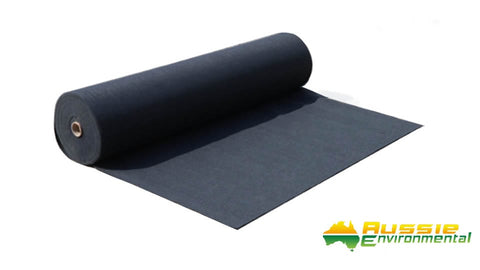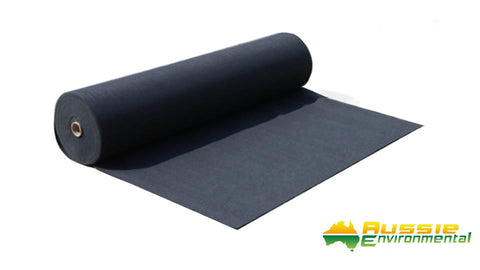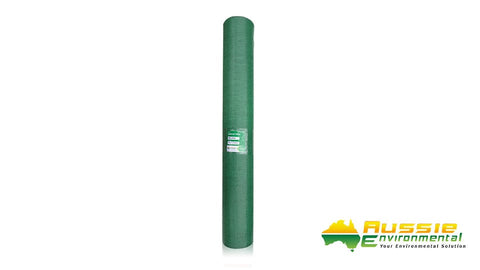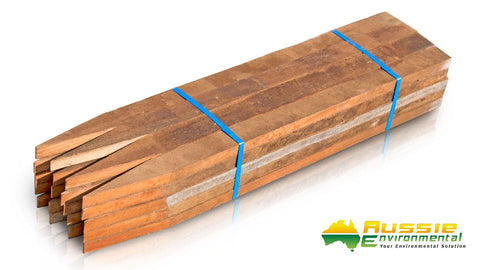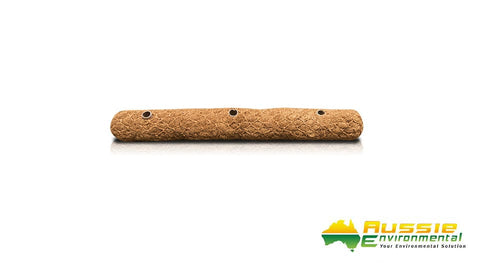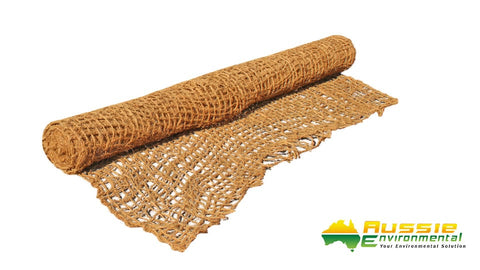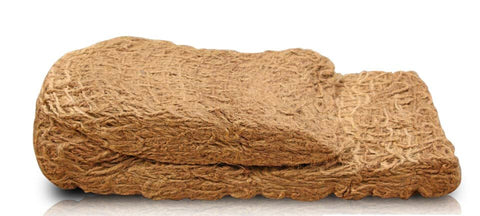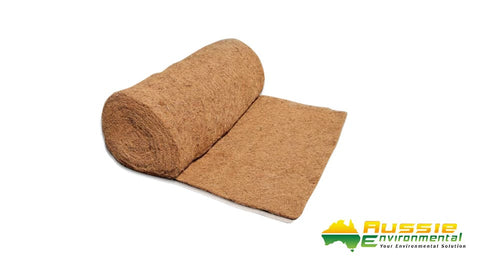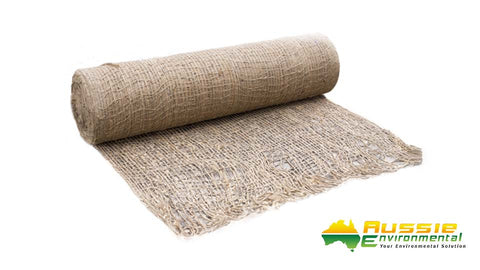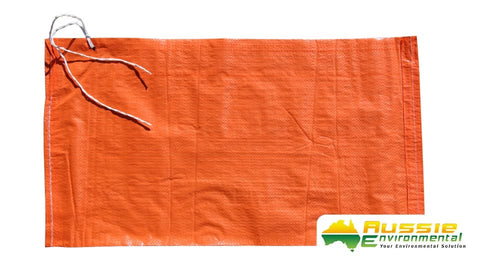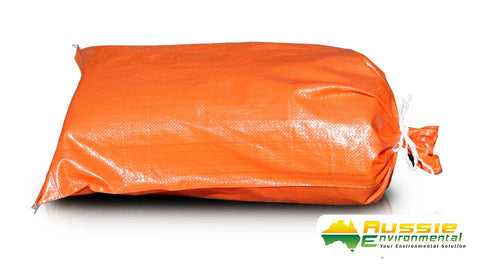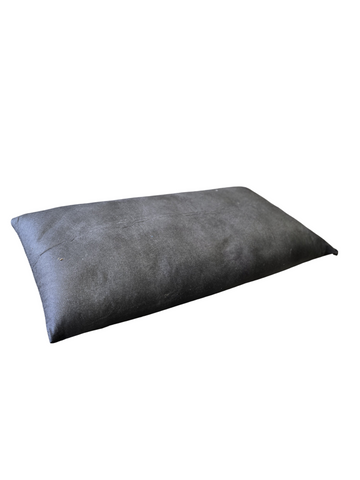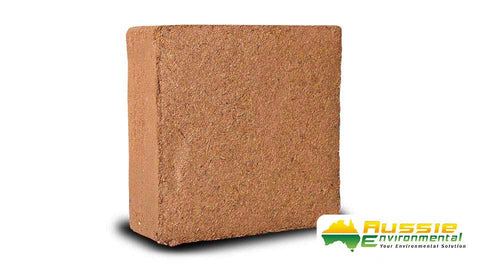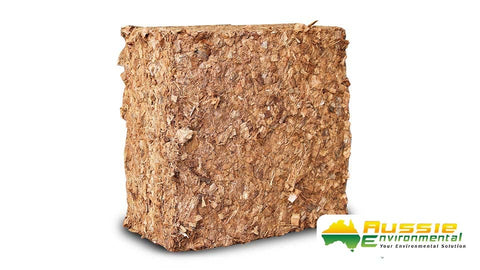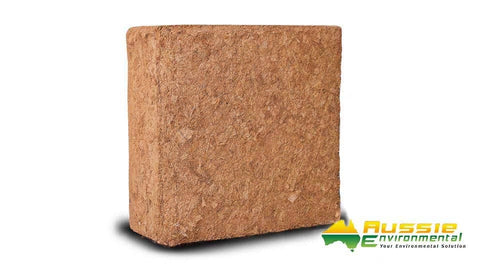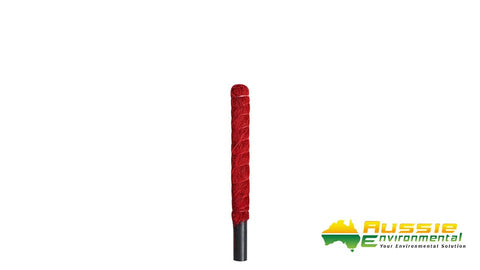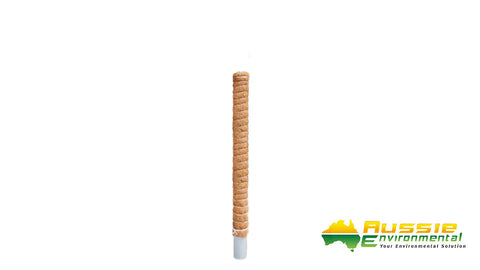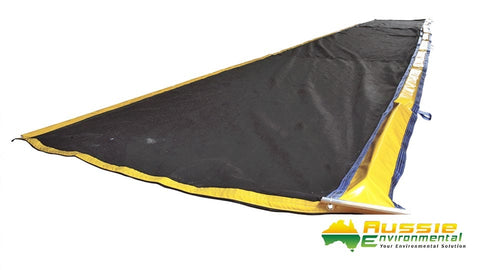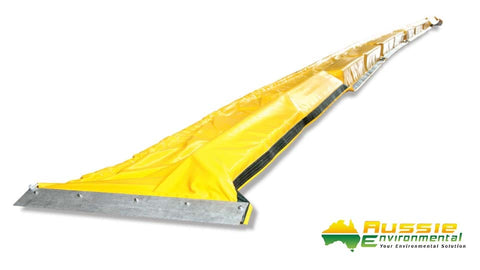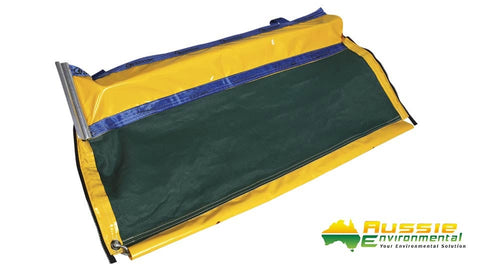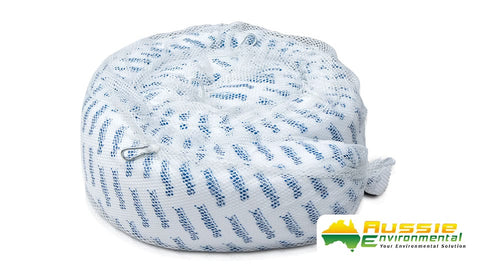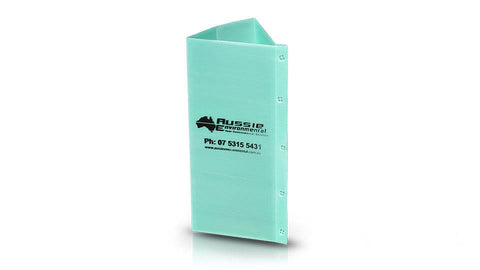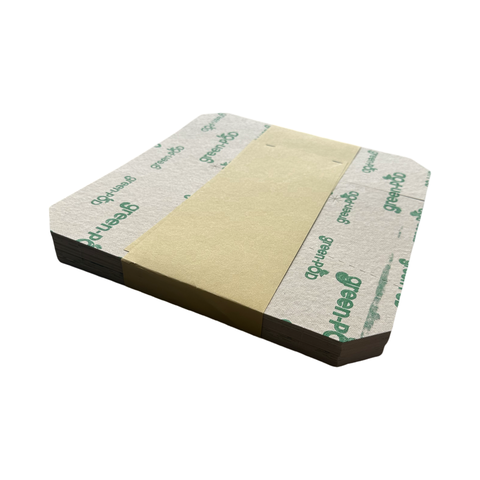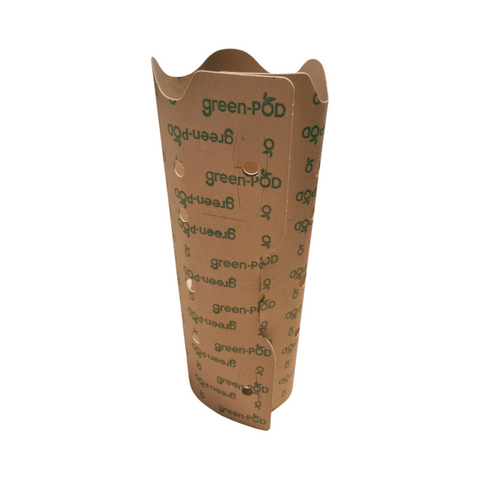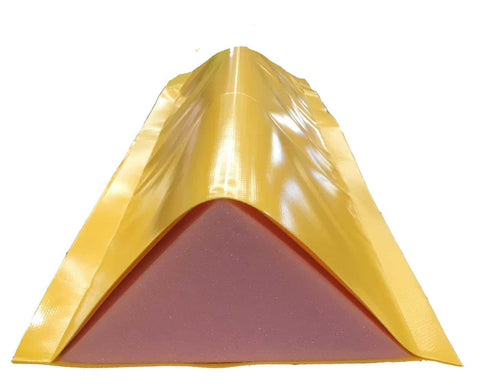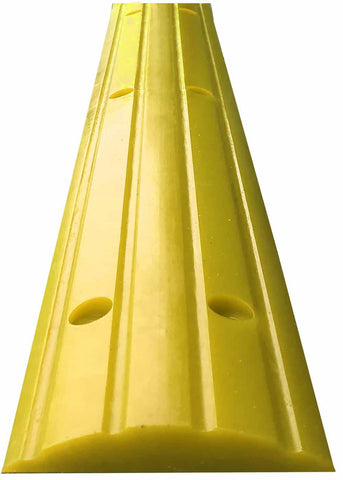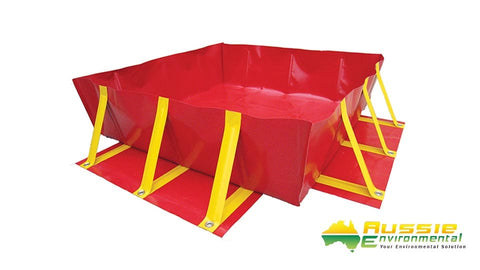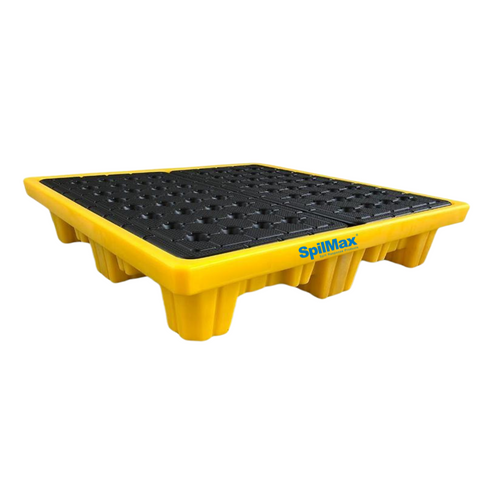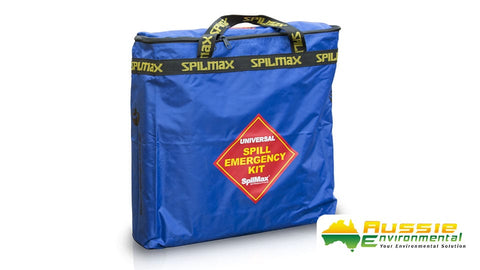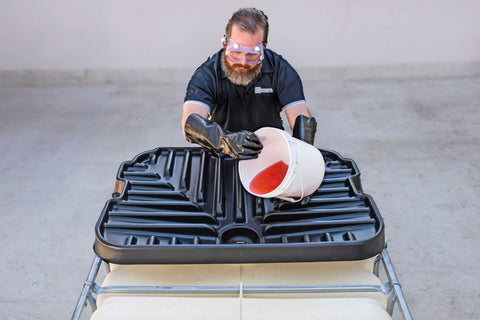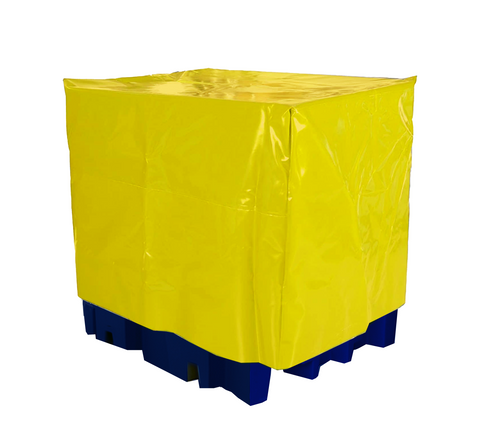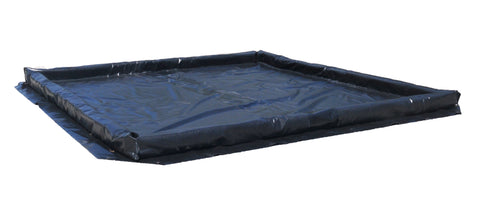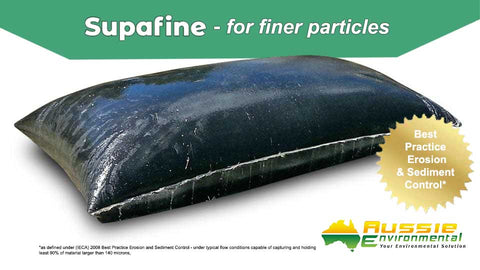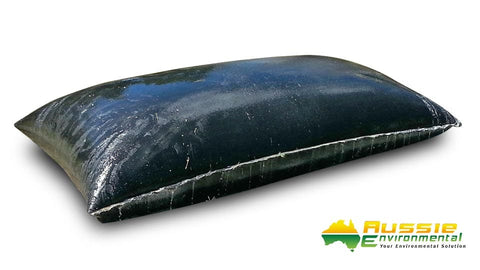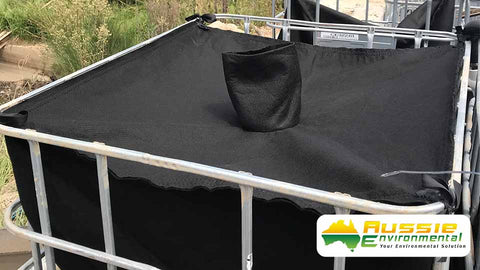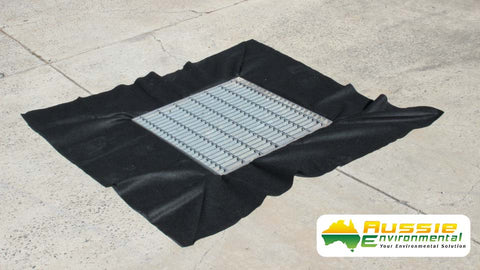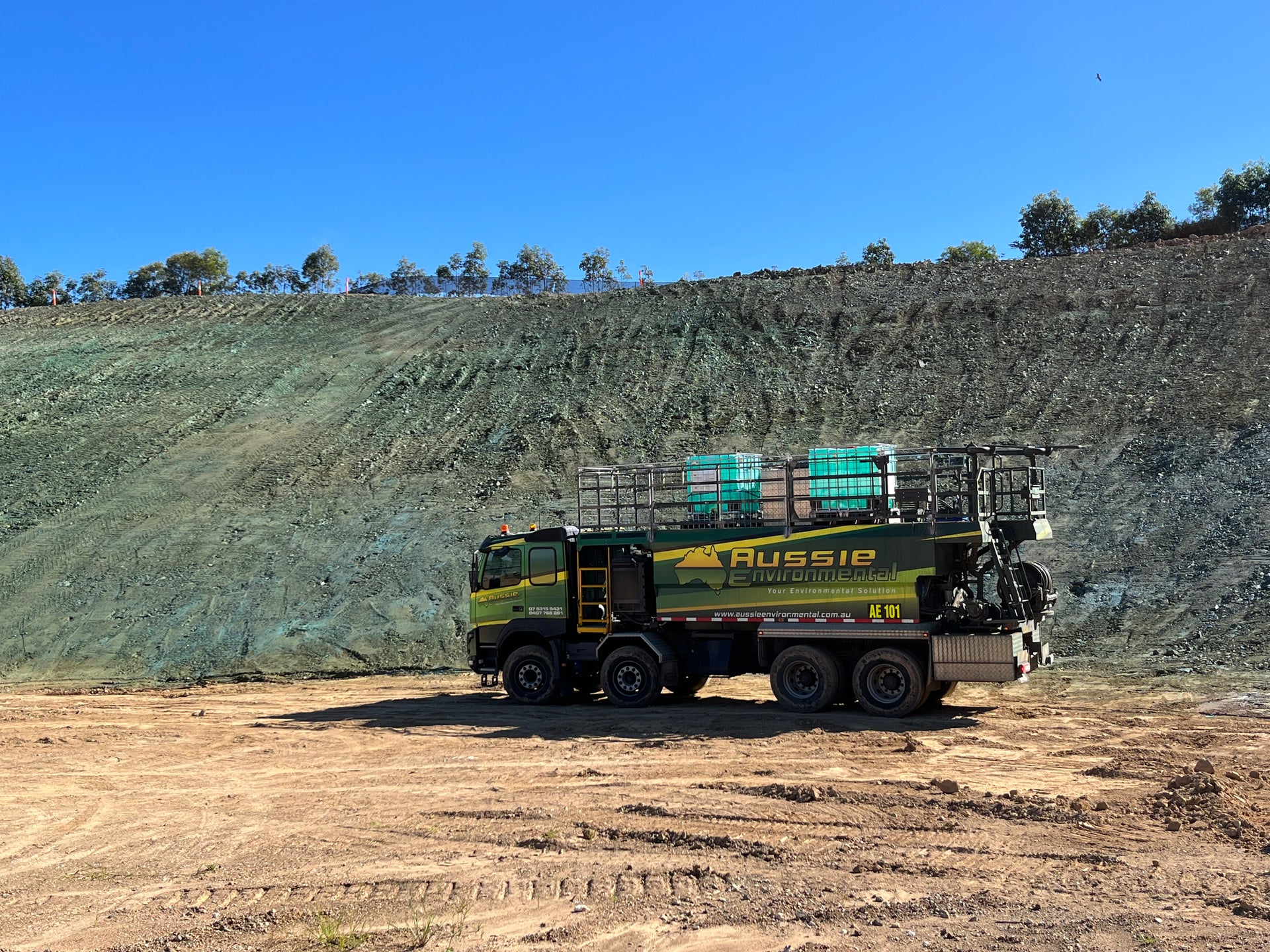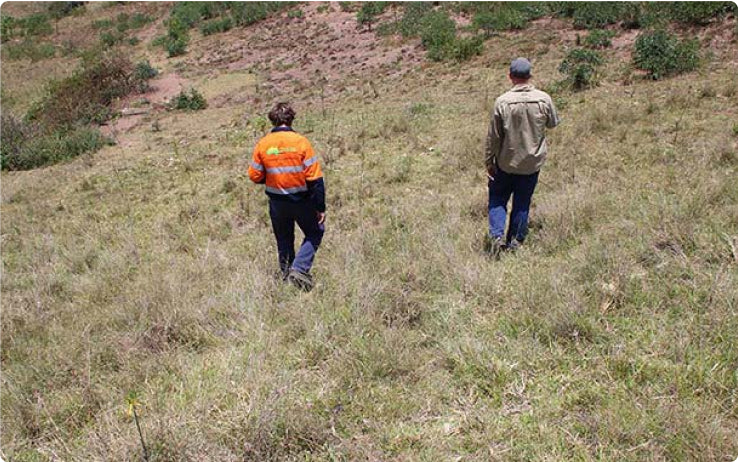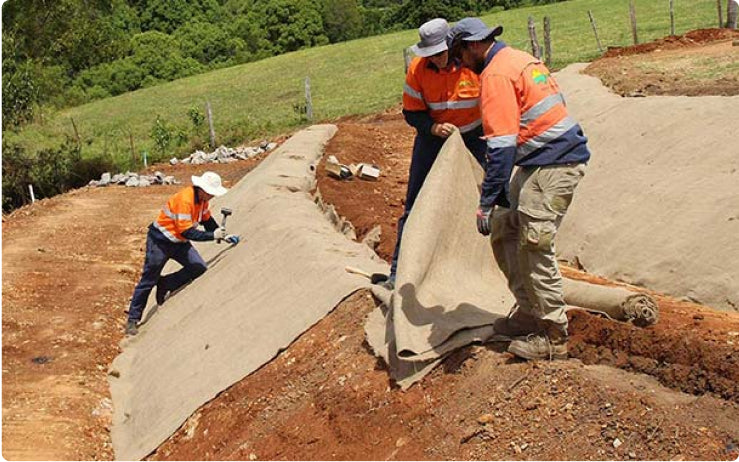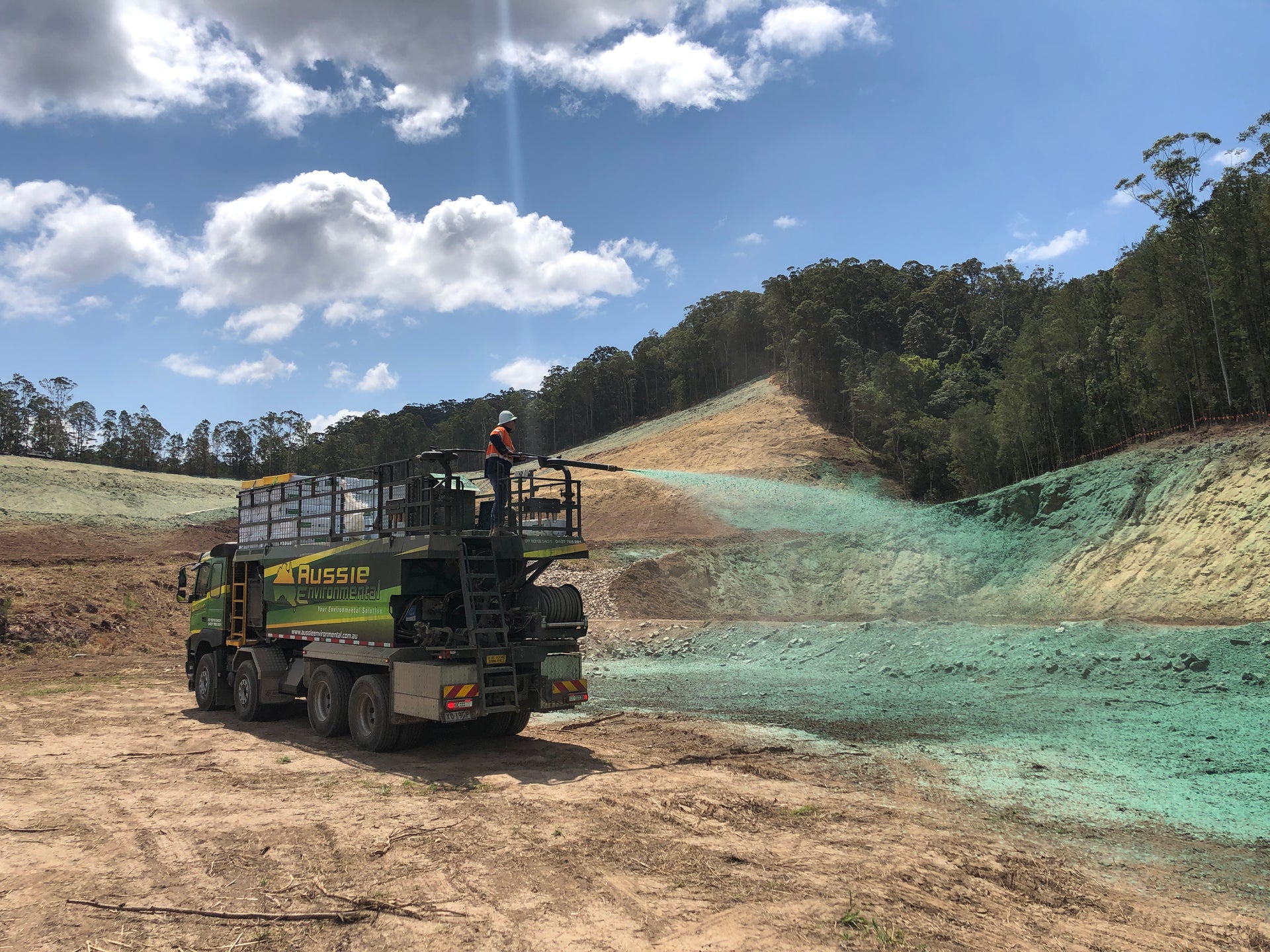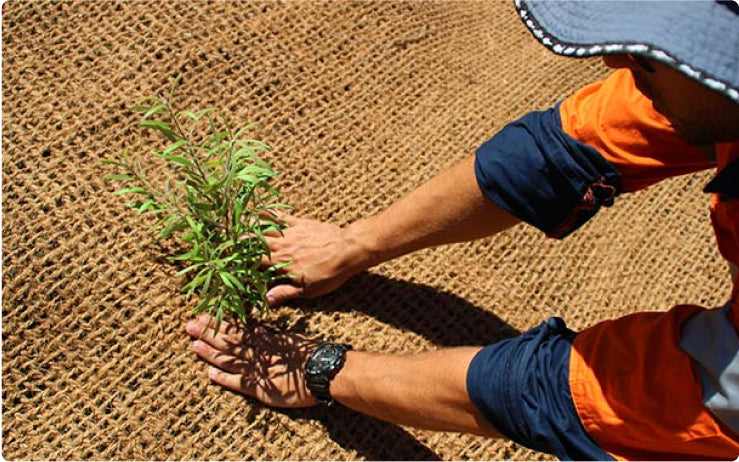The Best Eco-Friendly Weed Control Solutions for Australian Gardens

Managing weeds can be a challenging task, but with several eco-friendly solutions available, effective control has never been easier. With traditional chemical herbicides damaging soil health, waterways, and native biodiversity, organic methods are breaking through as sustainable and smarter alternatives.
Eco-friendly weed control methods help suppress unwanted growth while protecting the local wildlife and pollinators, contributing to long-term garden resilience.
Why Weed Control is so Important
Taking control of weeds, before they have time to spread, avoids environmental, economic, and agricultural damage. Invasive plants are more than an eye-sore; they compete with and often dominate native plants, seizing water, nutrients, and sunlight.
This threatens biodiversity and disrupts delicate ecosystems. In farming areas, weeds reduce crop yields, increase production costs, and can even contaminate harvests. Some weeds have even been known to pose risks to human and animal health, causing allergies or poisoning livestock.
Native habitats can be protected when weeds are managed effectively. Farmlands can thrive, fire risks are reduced, and the natural environment can safely develop.
Weeds to Look out for
Australia is home to several invasive weeds that cause significant problems for gardens, farmland, and native ecosystems. Some common weeds to identify and control include:
- Blackberry: Forms dense thickets that smother native vegetation.
- Lantana: Is toxic to livestock and invasive in bushland.
- African Lovegrass: An aggressive pasture weed that reduces soil quality.
- Patterson’s Curse: Is harmful to grazing animals and reduces pasture productivity.
- Prickly Pear: Spreads quickly and outcompetes native plants.
- Gorse: Is a highly flammable shrub that dominates landscapes.
The earlier weeds are detected and removed, the easier it is to prevent widespread infestations.
Key Methods for Effective Weed Control
The best methods for controlling weeds focus on preventing growth while protecting soil, plants, and wildlife. Below are proactive, eco-friendly options that are budget friendly, yet get the job done:
- Mulching: Applying a thick layer of organic material (like bark, straw, or compost) prevents weed seeds from germinating by blocking sunlight while enriching the soil. Mulch preserves moisture, reduces erosion, and encourages beneficial soil organisms.
- Hand Weeding & Hoeing: Physically removing weeds at soil level before they flower and spread seeds, offers immediate results with no chemical usage. Especially effective for small areas or new growth.
- Boiling Water: Pouring boiling water is a simple, fast, cheap, and chemical-free way to kill weeds in paths, driveways, and hard surfaces.
- Natural Herbicides: Vinegar-based or clove oil sprays dehydrate weed leaves safely without harming the environment. They’re easy to apply, and suitable for spot treatments.
- Ground Covers & Dense Planting: Filling bare soil with native ground covers or hardy shrubs reduces space for weeds to grow. This is a long-term, low maintenance prevention, that enhances biodiversity.
- Solarisation: Covering soil with clear plastic in hot weather heats the ground, destroying seeds, roots and pathogens naturally. This chemical-free method improves soil structure while clearing the way for a new garden bed.
Conclusion
To conclude there isn’t a single weed control method that is the perfect solution for every Australian garden. Oftentimes, the best results come from a combination of strategies tailored to your specific area. Experiment with each method and find the ones which, when combined, provide lasting weed control to keep your garden healthy and sustainable.
At Aussie Environmental, we have a range of quality products to help your ongoing landscape management. Browse the collection here.
Managing weeds can be a challenging task, but with several eco-friendly solutions available, effective control has never been easier. With traditional chemical herbicides damaging soil health, waterways, and native biodiversity, organic methods are breaking through as sustainable and smarter alternatives.
Eco-friendly weed control methods help suppress unwanted growth while protecting the local wildlife and pollinators, contributing to long-term garden resilience.
Why Weed Control is so Important
Taking control of weeds, before they have time to spread, avoids environmental, economic, and agricultural damage. Invasive plants are more than an eye-sore; they compete with and often dominate native plants, seizing water, nutrients, and sunlight.
This threatens biodiversity and disrupts delicate ecosystems. In farming areas, weeds reduce crop yields, increase production costs, and can even contaminate harvests. Some weeds have even been known to pose risks to human and animal health, causing allergies or poisoning livestock.
Native habitats can be protected when weeds are managed effectively. Farmlands can thrive, fire risks are reduced, and the natural environment can safely develop.
Weeds to Look out for
Australia is home to several invasive weeds that cause significant problems for gardens, farmland, and native ecosystems. Some common weeds to identify and control include:
- Blackberry: Forms dense thickets that smother native vegetation.
- Lantana: Is toxic to livestock and invasive in bushland.
- African Lovegrass: An aggressive pasture weed that reduces soil quality.
- Patterson’s Curse: Is harmful to grazing animals and reduces pasture productivity.
- Prickly Pear: Spreads quickly and outcompetes native plants.
- Gorse: Is a highly flammable shrub that dominates landscapes.
The earlier weeds are detected and removed, the easier it is to prevent widespread infestations.
Key Methods for Effective Weed Control
The best methods for controlling weeds focus on preventing growth while protecting soil, plants, and wildlife. Below are proactive, eco-friendly options that are budget friendly, yet get the job done:
- Mulching: Applying a thick layer of organic material (like bark, straw, or compost) prevents weed seeds from germinating by blocking sunlight while enriching the soil. Mulch preserves moisture, reduces erosion, and encourages beneficial soil organisms.
- Hand Weeding & Hoeing: Physically removing weeds at soil level before they flower and spread seeds, offers immediate results with no chemical usage. Especially effective for small areas or new growth.
- Boiling Water: Pouring boiling water is a simple, fast, cheap, and chemical-free way to kill weeds in paths, driveways, and hard surfaces.
- Natural Herbicides: Vinegar-based or clove oil sprays dehydrate weed leaves safely without harming the environment. They’re easy to apply, and suitable for spot treatments.
- Ground Covers & Dense Planting: Filling bare soil with native ground covers or hardy shrubs reduces space for weeds to grow. This is a long-term, low maintenance prevention, that enhances biodiversity.
- Solarisation: Covering soil with clear plastic in hot weather heats the ground, destroying seeds, roots and pathogens naturally. This chemical-free method improves soil structure while clearing the way for a new garden bed.
Conclusion
To conclude there isn’t a single weed control method that is the perfect solution for every Australian garden. Oftentimes, the best results come from a combination of strategies tailored to your specific area. Experiment with each method and find the ones which, when combined, provide lasting weed control to keep your garden healthy and sustainable.
At Aussie Environmental, we have a range of quality products to help your ongoing landscape management. Browse the collection here.




